Buenos Aires, the capital of Argentina, is a place where culture and history intersect at every corner. From San Telmo to Puerto Madero, the city offers a unique blend of tradition and modernity that attracts both locals and tourists from around the world. With such a varied range of activities, from shows to museums, there are certain places you should not miss if you want a complete experience.
Monuments in Buenos Aires: Their History
Exploring Buenos Aires can be challenging when it comes to choosing what to see. With so many historical monuments to explore, it's important to select the most emblematic ones to make the most of your visit. Here are the 13 main monuments you should not miss on your tour of the city.
Obelisk
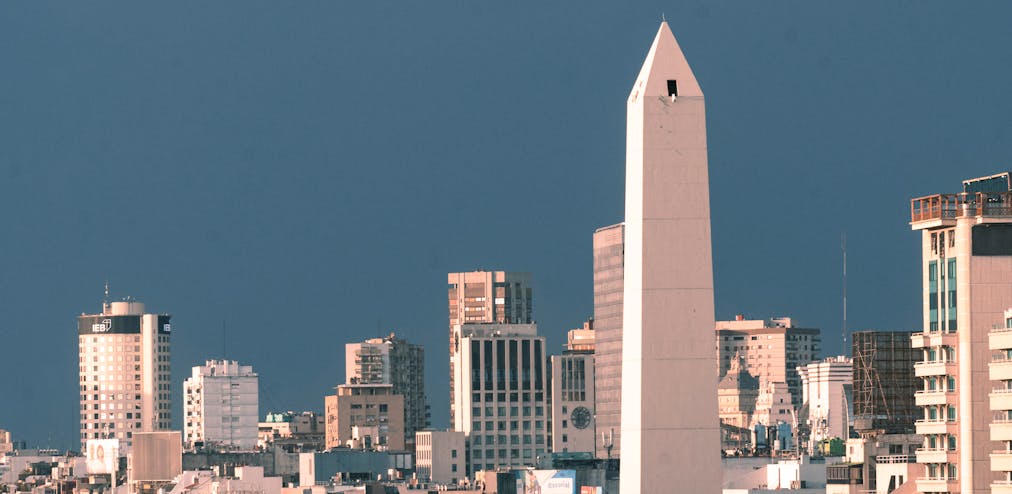
It was built in 1936 to commemorate the fourth centenary of the first founding of the city by Pedro de Mendoza. Designed by architect Alberto Prebisch, it was constructed at the intersection of 9 de Julio and Corrientes Avenues. This is an iconic location as it once housed the Church of San Nicolás de Bari. This temple is significant because the Argentine flag was first raised there in Buenos Aires in 1812. The obelisk is 67.5 meters tall, and its construction was completed in a record time of 31 days, involving over 150 workers.
The monument is and continues to be witness to numerous events and demonstrations. It has been decorated on various occasions with special themes, such as football championships or social awareness campaigns. In 2005, a major restoration was carried out, which included cleaning and repairing its structure.
Casa Rosada

Seat of the Executive Power of the Argentine Republic and one of the most iconic buildings in the country. Its history dates back to the 16th century when Juan de Garay founded Buenos Aires and established a fortress there. This original structure evolved over time, becoming the seat of colonial government and later the epicenter of Argentine political power. In 1873, during the presidency of Domingo Faustino Sarmiento, the building was painted pink as a symbol of unity between opposing political parties, the Unitarians and the Federalists. The current eclectic facade, predominantly in Italian Renaissance style, is the result of various reforms and extensions over the years.
Inside, it houses the presidential office and the Casa Rosada Museum, which exhibits historical objects and documents.
Metropolitan Cathedral
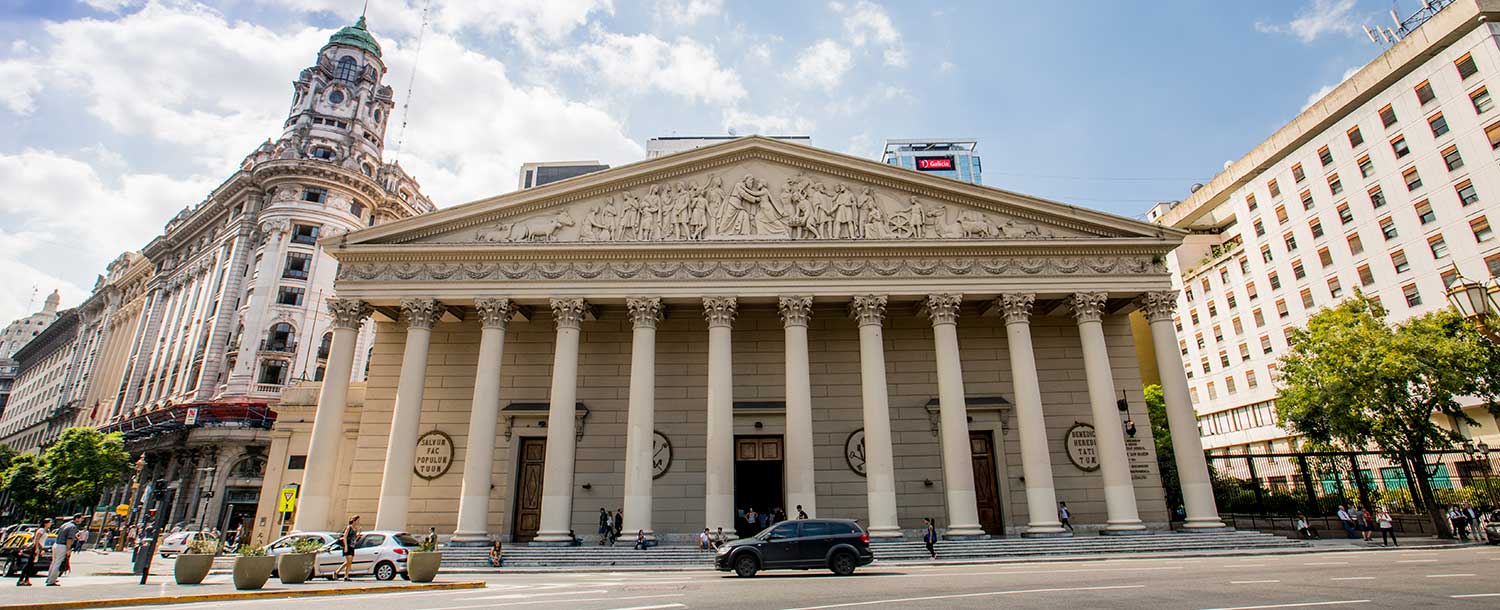
Located in the heart of the city facing Plaza de Mayo, it is the principal Catholic church in Argentina and the seat of the Archdiocese of Buenos Aires. Its history dates back to the city's first foundation by Pedro de Mendoza in 1536. Although the current building is the result of numerous reconstructions and modifications over the centuries, the cathedral as we know it today began to take shape in the 18th century and was completed in 1827. Its design combines elements of Neoclassical style, with twelve Corinthian columns symbolizing the twelve apostles, and its interior adorned with impressive altars and works of art.
Teatro Colón
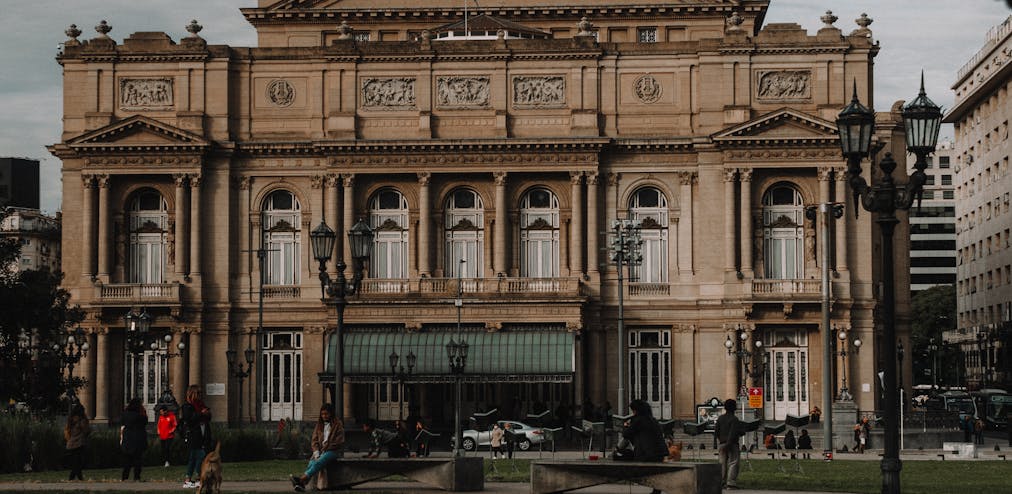
One of the world's most prestigious opera houses and a symbol of Argentina's rich cultural tradition. It was inaugurated on May 25, 1908, with a performance of Giuseppe Verdi's opera "Aida". Its design was a collaboration among several architects: Francesco Tamburini, Víctor Meano, and Jules Dormal. It is characterized by its eclectic style with influences from Italian Renaissance and French Baroque. The horseshoe-shaped hall offers exceptional acoustics, considered one of the best worldwide. With a capacity for over 2,400 spectators, Teatro Colón has hosted performances by renowned international artists such as Luciano Pavarotti, Plácido Domingo, and Maria Callas.
Today, it remains a cultural landmark, offering high-level
programming and attracting thousands of visitors each year who marvel
at its impressive architecture and vibrant artistic activity.
Recoleta Cemetery
.jpg)
Located in the neighborhood of the same name in Buenos Aires, it is one of the world's most famous cemeteries and an important historical and cultural site in Argentina. Founded in 1822, it is known for its imposing mausoleums and monuments, many of which are works of art in themselves. It is the final resting place of figures from Argentine history, including Eva Perón, Adolfo Bioy Casares, and several presidents of the country. The design, with tree-lined streets and elaborate sculptures, makes it an open-air museum that attracts numerous visitors for its historical value and architectural beauty.
Puente de la Mujer
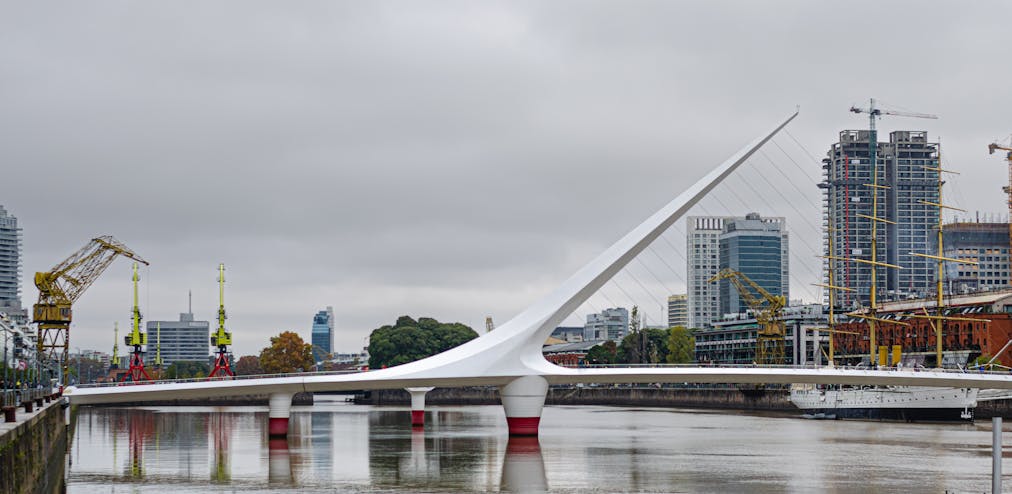
Located in the Puerto Madero neighborhood in Buenos Aires, this modern and emblematic work was designed by Spanish architect Santiago Calatrava. It was inaugurated in 2001. This pedestrian swing bridge, with its asymmetrical structure and elegant design resembling a couple dancing tango, features a mast representing the man and the elongated curve of the bridge representing the woman.
Palacio Barolo
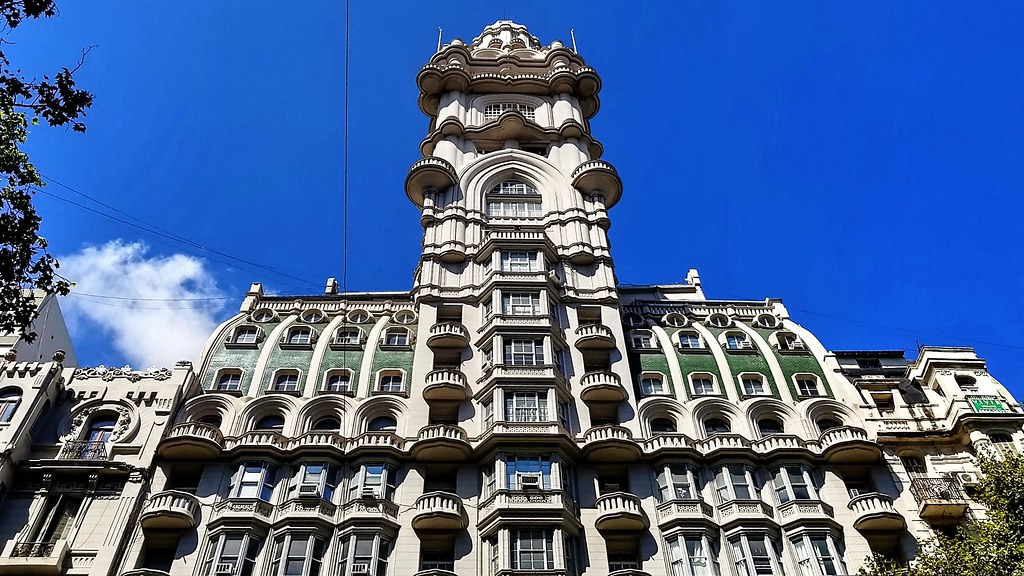
An emblematic building inaugurated in 1923 and designed by Italian architect Mario Palanti. Inspired by Dante Alighieri's Divine Comedy, the palace has 22 floors symbolizing the poem's cantos, and its structure is divided into three parts representing Hell, Purgatory, and Paradise. Standing at 100 meters tall, it was the tallest building in South America until 1935. Palacio Barolo is an icon of Art Nouveau and features several architectural and symbolic details that make it a gem of Buenos Aires' architecture.
Plaza de Mayo
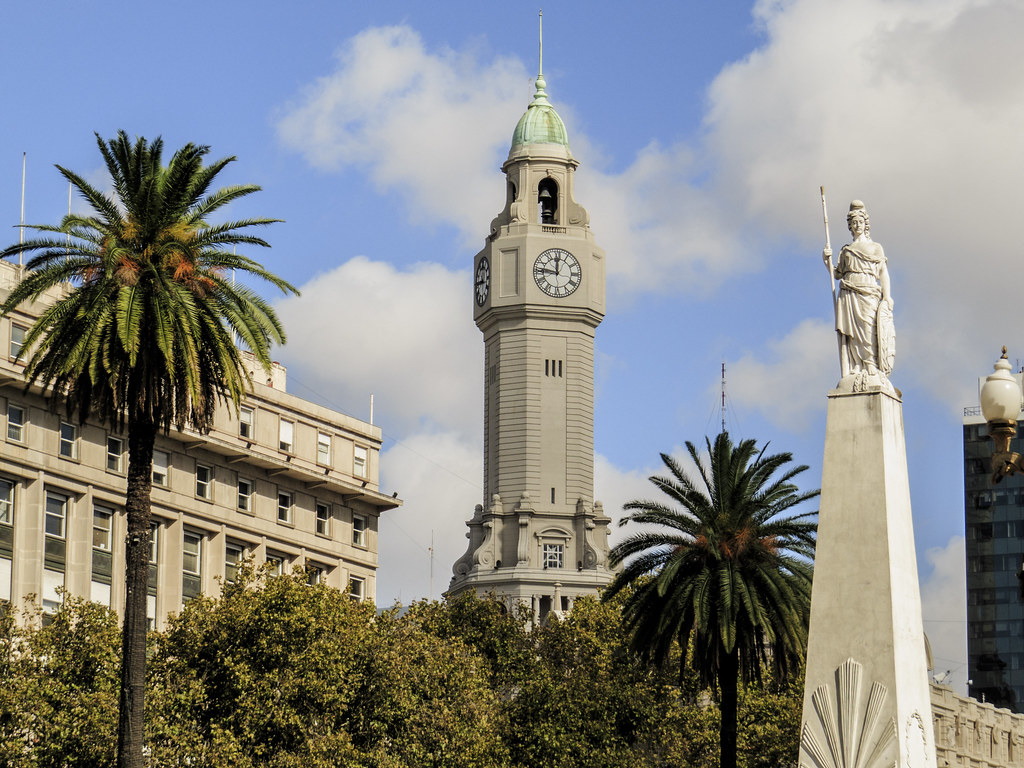
Located in the heart of Buenos Aires, it is the historic and political center of Argentina. Founded in 1580 by Juan de Garay, the square has witnessed mythical moments such as the May Revolution of 1810, which led to independence. Surrounded by important buildings such as the Casa Rosada, the Metropolitan Cathedral, and the Cabildo, this place is a symbol of national identity. Known for political demonstrations and gatherings, including where the Mothers of Plaza de Mayo began their marches in 1977 to demand justice for their disappeared children during the military dictatorship. Plaza de Mayo remains a vital space for democratic expression and historical memory in Argentina.
Cabildo
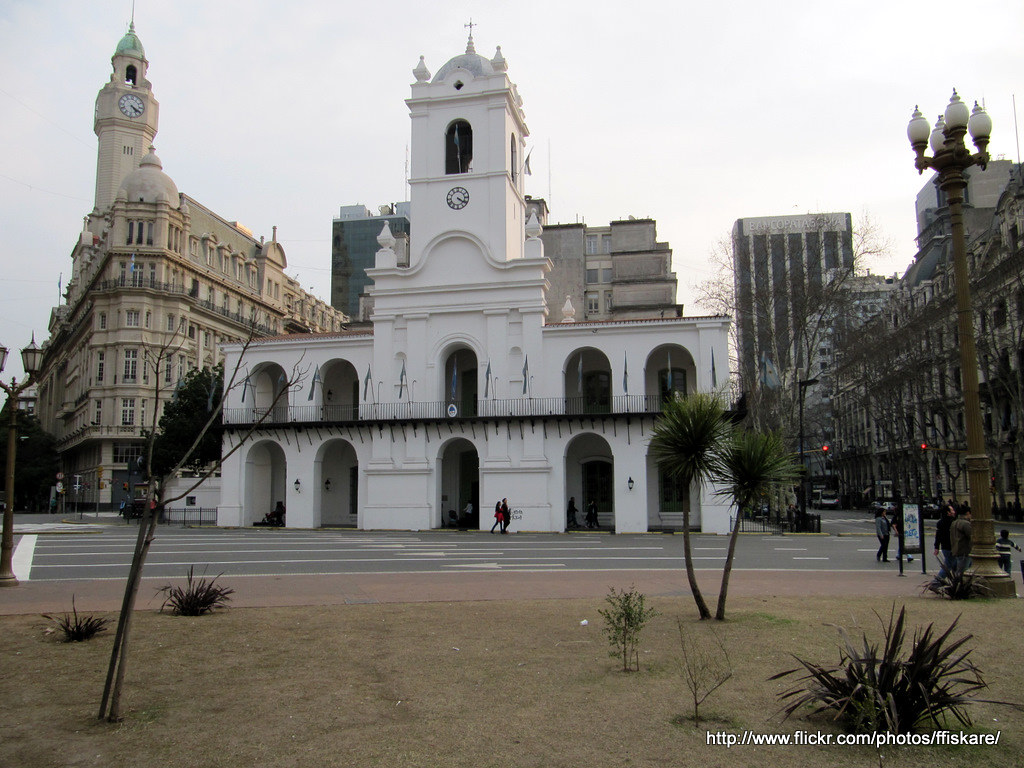
Originally built in the 16th century, the Cabildo was the seat of Spanish colonial government. It was also the epicenter of important political events, most notably the May Revolution of 1810, which began in its halls and marked the start of the country's independence process. Over time, the building underwent various modifications and restorations but has maintained its historical importance. The building houses the National Museum of the Cabildo and the May Revolution, where documents and objects related to the struggle for independence and Argentine colonial history are exhibited.
The Monument to the Fallen in the Malvinas
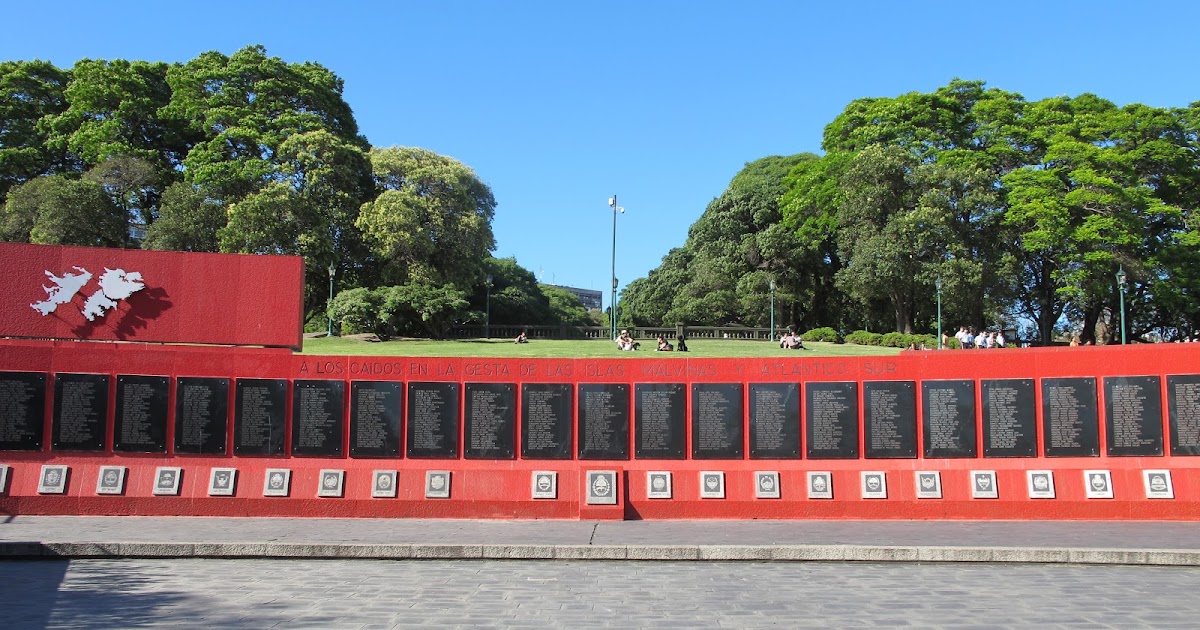
In Plaza San Martín, in the Retiro neighborhood, stands the Monument to the Fallen in the Malvinas. Inaugurated in 1992, this monument honors the Argentine soldiers who died in the Falklands War in 1982 and serves as a symbol of sacrifice and patriotism.
The Rosedal
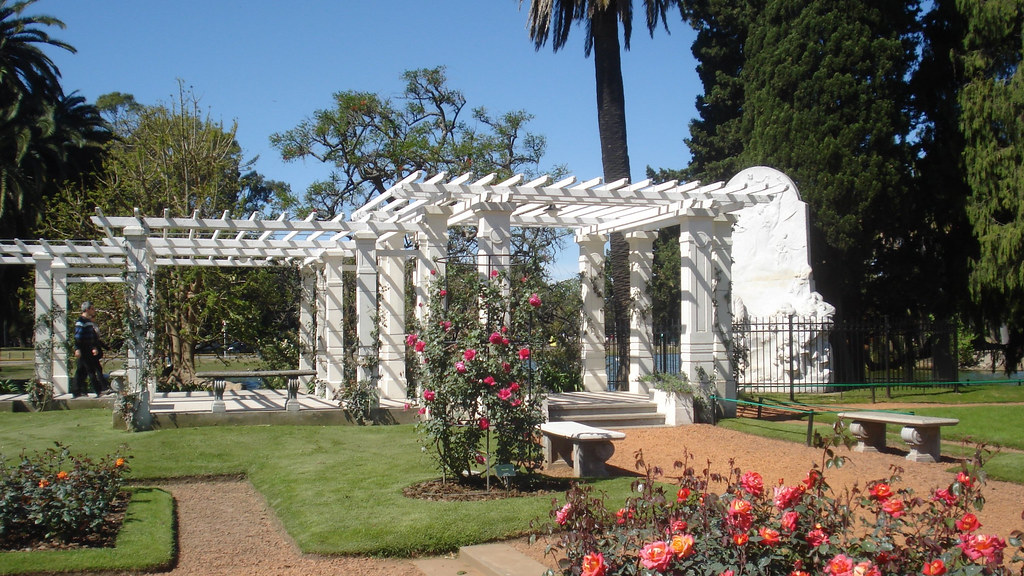
Located in Parque Tres de Febrero, in the Palermo neighborhood, it is a rose garden that has become one of the city's most cherished green spaces. It was inaugurated in 1914 and features over 18,000 rose bushes of different varieties, arranged in a landscaped design that includes a lake, gazebos, bridges, and statues. Among its main attractions are the Andalusian Patio and the Garden of the Poets, with busts of famous writers.
Monument to Eva Perón
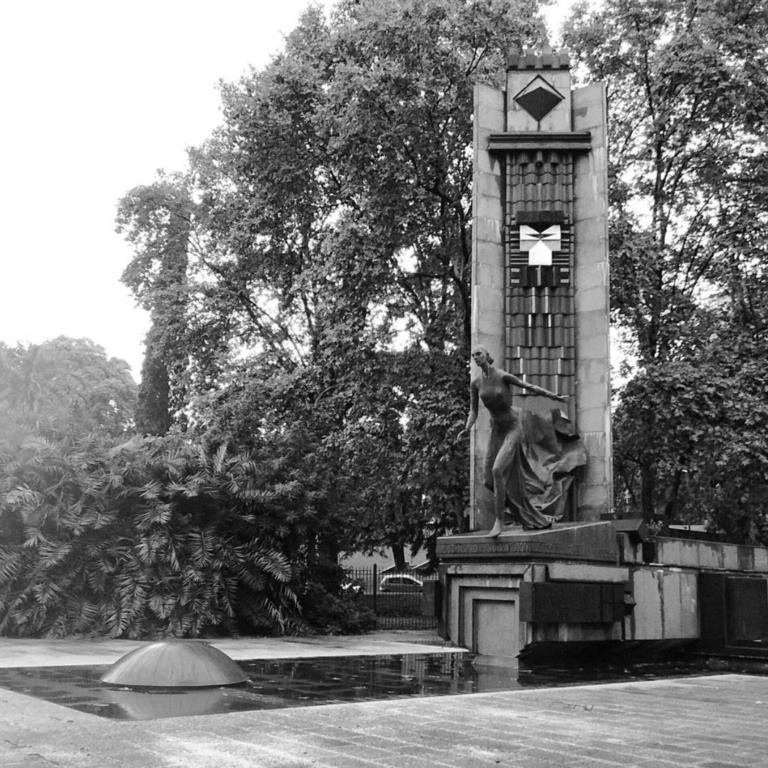
Via Instagram: @pequeniojuan.es
Located at the intersection of Avenida del Libertador and Agüero in the Recoleta neighborhood, the Monument to Eva Perón was inaugurated in 1999. This tribute to Eva Perón, a key figure in Argentine history, symbolizes the fight for justice and female leadership.
Floralis Genérica
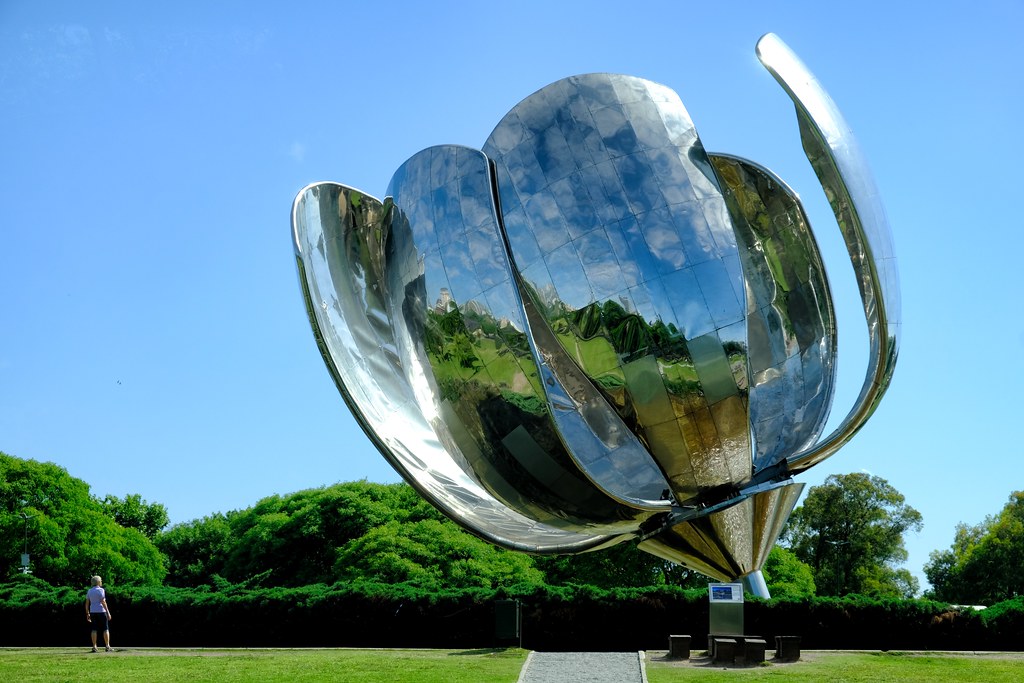
An imposing metal sculpture located in Plaza de las Naciones Unidas, in the Recoleta neighborhood. Designed by Argentine architect Eduardo Catalano and inaugurated in 2002. The sculpture is a steel and aluminum flower that stands 23 meters tall and weighs 18 tons. One of its most distinctive features is that its six petals open at dawn and close at dusk, although this mechanism has had technical problems in recent years.
The selection of these 13 places is just a handful of opportunities that Buenos Aires offers to anyone. Whether tourist or Argentine, it is important to pay attention to what surrounds us and understand that each piece of land is a journey to the past that can help to know more deeply a country with more than 200 years of history.